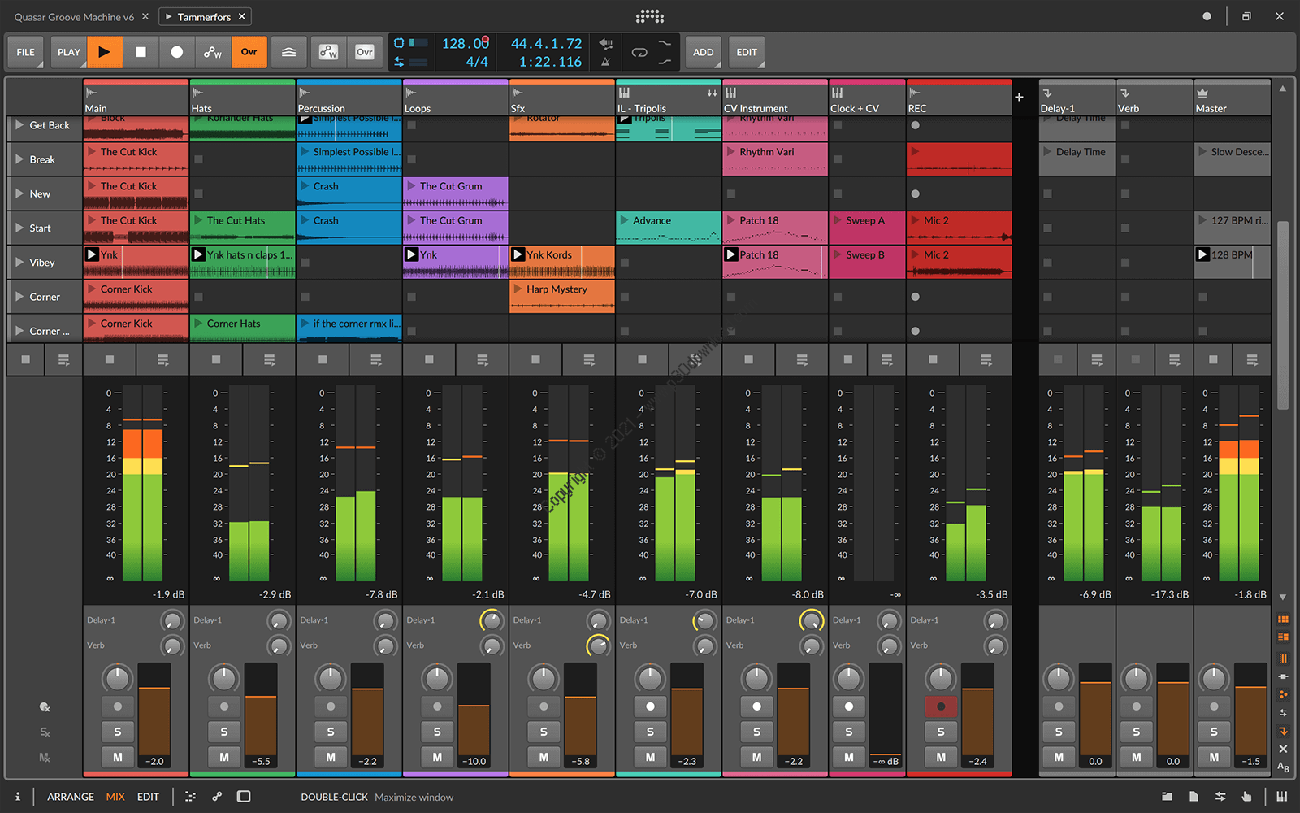
So let us begin the detail work of creating and preparing music. And once we couple that interface with the Inspector Panel, most of the editing options and optimized workflows offered by Bitwig Studio will now be at our fingertips. There are also key commands for increase height of all tracks/selected tracks (only works in large track height) What would be handy would to be able to keep track height small, but have individual tracks taller. Recording audio in Bitwig Studio works onto the timeline or straight into the Clip Launcher.
#Bitwig studio arranging for free
Press question mark to learn the rest of the keyboard shortcuts. Bitwig Studio seamlessly combines the classic arrangement view with a performance-oriented clip launcher for free improvisation based on audio and instrument. Even if these are Press J to jump to the feed. Get a first look of Bitwig Studio 3.3 with our own Dave Linnenbank. Hi, Does anyone have any idea why Bitwig consumes so many resources when I select a large amount of clips to arrange the song. Record and arrange in the timeline, perform in the Clip Launcher. Bitwig Studio 3.3 Walkthru with Sonicstate. Exclusive Offer: Purchase Bitwig Studio & receive The Producer Pack for free (a 999. By using the Detail Editor Panel, we will begin working at the event level and seeing what tools are available to us at this deepest level of musical arrangement. Bitwig has a key command to toggle small track height/large track height. Audio clips are the building blocks for arranging music. Welcome to modern music production, courtesy of Bitwig Studio.

What sets Bitwig Studio apart is how the two sequencers can be used together, letting you arrange, edit, and perform in any order and combination. We have already examined the various capabilities for manipulating whole clips, whether they are Arranger clips (see The Inspector Panel on Arranger Clips) or Launcher clips (see Launcher Clip Parameters). Each modern DAW has some kind of linear Arranger and a free-form clip Launcher. (Whenever we refer to the "musical content" of clips, we are referring to the same audio events and notes.) Prolific composer, producer, arranger, and multi-instrumentalist Tada Akifumi has been a star in the world of anime and games for nearly thirty years.Along the way, he has created much-loved music for projects such as Nintendos Bomberman 64, several Pokémon movies, One Piece, and many others. In this chapter and the next, we will discuss the audio events and note events that clips are made of. They are the vessels which hold our musical ideas, allowing us to manage, manipulate, copy, and vary these fragments into something greater.Īnd while we can call the clip our "musical atom," science tells us that atoms are made up of even smaller pieces and particles. Even as the last few chapters have focused on other facilities of Bitwig Studio, clips are still a central part of the conversation. We spent a healthy amount of time in the early chapters of this document talking about clips and their centrality to music production in Bitwig Studio.


 0 kommentar(er)
0 kommentar(er)
